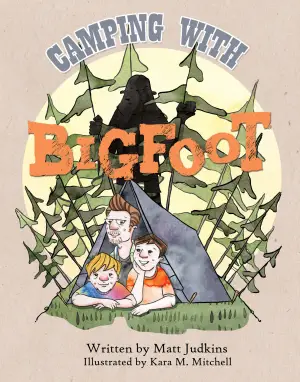Book Review: A Day in the Life of Abed Salama: Anatomy of a Jerusalem… by Ben Thrall
There’s something inherently captivating about narratives that draw us into the complexities of the human experience. So when I stumbled upon A Day in the Life of Abed Salama by Ben Thrall, my curiosity was piqued. With a title that hinted at a deep dive into Palestinian life, I anticipated both challenges and revelations that would come from such a poignant subject. Little did I know, however, that my journey through its pages would reveal a starkly different reality.
At its core, the book centers on Abed Salama, a father grappling with the loss of his son, Muhammed, in a tragic school bus accident. Thrall, with his background in Middle Eastern studies, endeavors to showcase the plight of Abed as emblematic of the broader Palestinian experience. However, I found that the narrative often veered into dangerous territory, reducing nuanced histories to a heavy-handed agenda that sacrifices authenticity for sensationalism.
The choice to portray Abed solely as a victim, while sidelining his past as a convicted terrorist, felt deliberately disingenuous. Readers are asked to empathize with a character stripped of complexity, denied the opportunity to engage with the full spectrum of human experience. As Thrall sketches the landscape of Abed’s life, I found inconsistencies that undermined the very fabric of the narrative—like the contradictory assertions about electricity in his village, or the vague references to his “royal” lineage without any grounding in reality.
From a stylistic perspective, Thrall’s writing oscillates between compelling imagery and reductive stereotypes. While he vividly describes certain scenes, such as Israeli soldiers confiscating water bottles from children, these moments often strain credulity and fail to represent the broader context of coexistence. I couldn’t shake the feeling that this portrayal was less about storytelling and more about incendiary ideological manipulation.
One of the more troubling elements of the book is its reliance on age-old tropes that echo harmful stereotypes. Pervasive language describing Israeli settlements as “metastasizing tumors” not only dehumanizes a population but also invokes historical narratives that have justified violence against Jews. As such, I found myself grappling with a growing unease, questioning whose voice was authentically represented and at what cost.
Moreover, the book’s sweeping generalizations about Israeli society ignore the vibrant coexistence in places like Haifa and Jaffa, where Jewish and Arab communities thrive together. Thrall’s choice to frame the conflict in stark binary terms of oppressor and oppressed feels intellectually lazy. It leaves little room for the myriad of perspectives that populate this complex landscape.
Despite its shortcomings, I must acknowledge the emotional weight the book attempts to carry. However, the unresolved cliffhanger concerning Abed’s fate feels less like a dramatic choice and more like a manipulative device, leaving readers hanging on emotional strings without sufficient depth or resolution.
In conclusion, A Day in the Life of Abed Salama may attract readers who are already sympathetic to its provocative narrative. However, I ultimately found it to be a missed opportunity for fostering understanding in a region rich with complexity and nuance. If you’re seeking a balanced perspective on the Israeli-Palestinian conflict, this book may fall short of fulfilling that desire. My reading experience left me more puzzled than enlightened, stirring a need for narratives that truly capture the intricate layers of life in this turbulent region.
Discover more about A Day in the Life of Abed Salama: Anatomy of a Jerusale… on GoodReads >>













